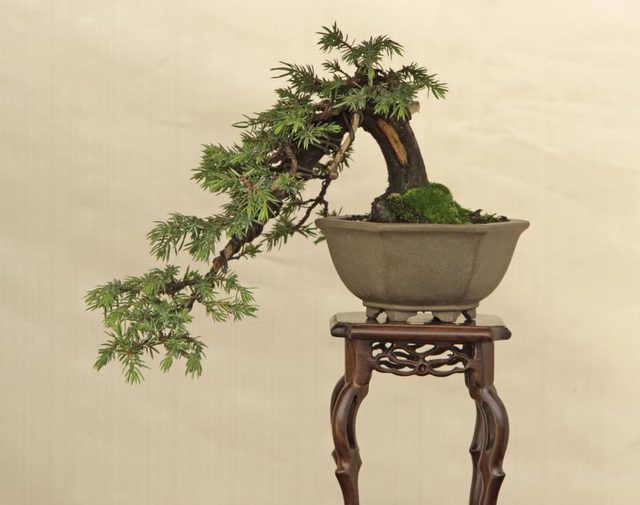Bulbs
Flower Basics
Flower Beds & Specialty Gardens
Flower Garden
Garden Furniture
Garden Gnomes
Garden Seeds
Garden Sheds
Garden Statues
Garden Tools & Supplies
Gardening Basics
Green & Organic
Groundcovers & Vines
Growing Annuals
Growing Basil
Growing Beans
Growing Berries
Growing Blueberries
Growing Cactus
Growing Corn
Growing Cotton
Growing Edibles
Growing Flowers
Growing Garlic
Growing Grapes
Growing Grass
Growing Herbs
Growing Jasmine
Growing Mint
Growing Mushrooms
Orchids
Growing Peanuts
Growing Perennials
Growing Plants
Growing Rosemary
Growing Roses
Growing Strawberries
Growing Sunflowers
Growing Thyme
Growing Tomatoes
Growing Tulips
Growing Vegetables
Herb Basics
Herb Garden
Indoor Growing
Landscaping Basics
Landscaping Patios
Landscaping Plants
Landscaping Shrubs
Landscaping Trees
Landscaping Walks & Pathways
Lawn Basics
Lawn Maintenance
Lawn Mowers
Lawn Ornaments
Lawn Planting
Lawn Tools
Outdoor Growing
Overall Landscape Planning
Pests, Weeds & Problems
Plant Basics
Rock Garden
Rose Garden
Shrubs
Soil
Specialty Gardens
Trees
Vegetable Garden
Yard Maintenance
How to Grow an Indoor Moss Garden
How to Grow an Indoor Moss Garden. Enjoying the tranquility of a moss garden need not be limited to outdoors. Found on every continent, mosses can grow everywhere plants grow -- including inside your home. Growing moss indoors doesn't require specialty mosses or exotic species. Indoor gardens can spring from the common mosses you see outdoors....

Enjoying the tranquility of a moss garden need not be limited to outdoors. Found on every continent, mosses can grow everywhere plants grow -- including inside your home. Growing moss indoors doesn't require specialty mosses or exotic species. Indoor gardens can spring from the common mosses you see outdoors. Whether found along a shady wall, in a woodland or hiding near a faucet, common mosses bring soothing beauty to indoor moss gardens, too.
Understanding Mosses
Knowing moss basics helps ensure success with the plants indoors. Their anatomy is simple: they don't have roots or vascular systems. Mosses may be clumping or spreading. Clumping mosses form tight, cushiony balls and have vertical stems with reproductive spores borne on the tips. Spreaders anchor themselves with rhizomes and have spores all along their fernlike, feathery stems. Tough and resilient, mosses can live where many other plants cannot. Outdoor mosses soak in water from rains and dew through their leaves and stems, and they wick water upward from beneath them.
Selecting Your Moss
Local mosses near your home provide starting points for indoor gardens. Even greenhouse mosses tucked along a houseplant's edge can work. Moss authority Bill Cullina of the Coastal Maine Botanical Gardens suggests that indoor moss gardeners look for mosses growing in upland areas on rocks, soil, logs and stumps. Leave wetland or bog mosses to the outdoors. Although mosses grow easily from tiny bits of stems or leaves, milkshake-like moss starter mixes don't do well inside. Indoor gardens start best from larger pieces. Peel moss gently from its base or bring moss-covered twigs or clumps indoors. Never gather moss from private or public lands without permission.
Building Your Garden
Conditions where you find moss provide clues to the base to use beneath them. "Different species prefer different substrates," Cullina explains. Forest mosses don't do well on potting soil. Most common mosses prefer spongy, acidic, organic bases such as rotten bark or pine needles, even indoors. Some species tolerate charcoal substrates, often used in terrarium gardens, but many do not. Saturated sand in a drainage-free pot provides a good base for indoor moss gardens. Whatever base you choose, mold your miniature landscape as you prefer. Then use wooden toothpicks, stuck in sideways, to firmly pin the moss in place.
Keeping Moss Healthy
Without "roots and plumbing," as Cullina says, mosses ask very little. They need enough light for photosynthesis, and ready moisture should be at hand. Areas that provide adequate light for houseplants meet the needs of indoor moss gardens. Indirect light is preferred. Keep plentiful moisture in the substrate below your moss, and keep the moss itself consistently damp. No fertilizers are needed. Water quality is key to indoor moss health. Mosses are very sensitive to salts and chemicals found in most household water. Captured rainwater, distilled water or water purified through reverse osmosis keeps mosses healthiest.
Meeting Indoor Challenges
Dry indoor environments with low humidity call for mossy countermeasures. Most mosses tolerate drying out, but they only grow -- and look their best -- when wet. Monitor your indoor garden for the telltale dullness and brownish-gray of thirsty mosses. Regular misting keeps them green and fresh. Terrariums or similar enclosed containers work well to provide moss gardens with high humidity naturally. Indoor mosses look beautiful blanketing soil beneath houseplants, but they do best when on their own. Common houseplant fertilizers and soils make life difficult for moss gardens grown indoors.